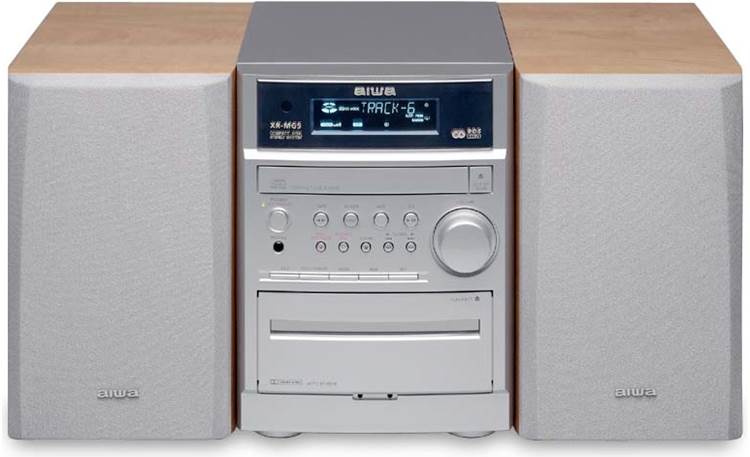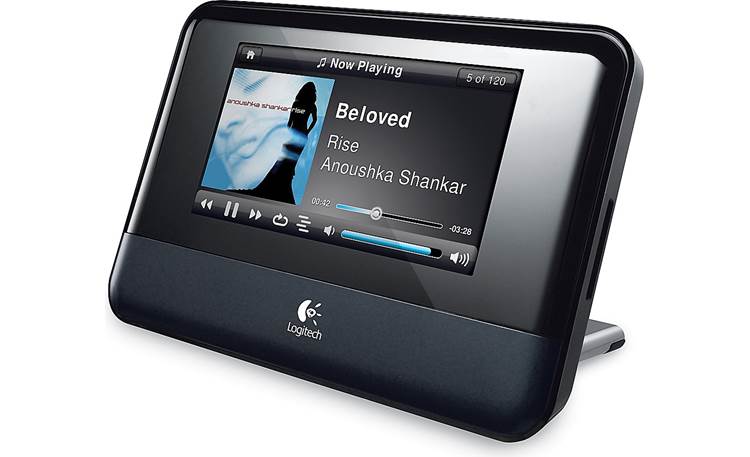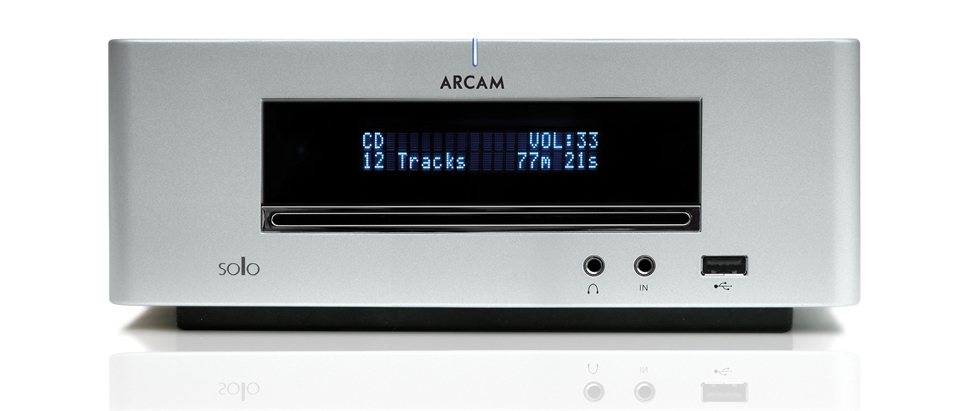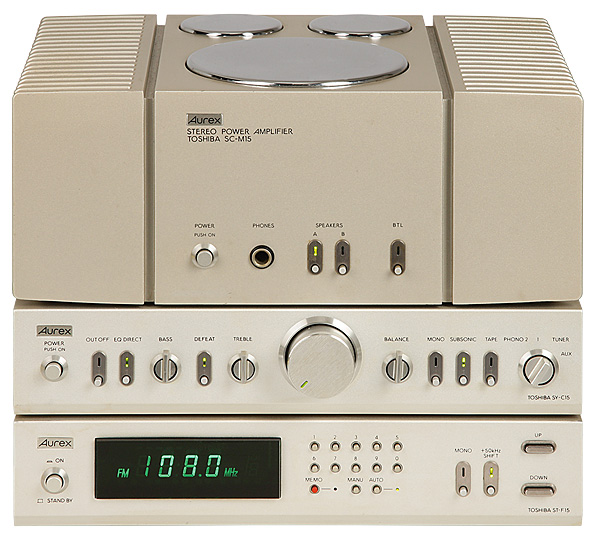The M-301 microsystem was “refined to the essence of hi-fi perfection,” according to Aiwa’s 1980 brochure. It went on to say, “The 35 Watt System: Refinement, Ingenuity, and Performance.” It’s easy to chuckle at the marketing hype, but once you get past that, it’s a very astounding piece of gear. This is largely due to the fact that, at the time of its launch, the market for (what the Japanese refer to as) micro components was incredibly competitive, with nearly every major consumer electronics company in Japan pitted against one another.
Let us not forget that this was an exciting time for hi-fi, with the market having grown by leaps and bounds over the preceding decade. Between 1970 and 1980, the demand for high-quality consumer audio equipment exploded, and every major Japanese manufacturer wanted a piece of the action.
However, by the end of the 1970s, the focus had shifted to miniaturization, particularly in Japan’s domestic market. Every major manufacturer began to thin down their products, preserving the ‘full width’ aspect but only half the height. A typical Sony amplifier, for example, in 1979 looked radically different from the model range of just three years before — while preserving practically all of the functions. The popularity of mini-components, or what we called “micro systems” in the UK, grew as a result of this downsizing push. It’s worth noting that these weren’t simply the swish-looking, all-in-one ‘lifestyle systems’ that we have today; they were essentially full-size hi-fi pieces that had shrunk in the wash. They lacked many of the features of their full-size counterparts and were frequently more expensive to purchase. Aiwa was at the forefront of the competition to produce high-performing compact stereo systems with all of the amenities that people had come to expect from full-size versions.
The stars seemed to be aligned in the company’s favor. It had been 52 percent owned by Sony since 1969, thus there was a lot of cross-pollination in terms of component utilization and engineering resources, despite the fact that it was nominally independent. Aiwa had become known for its high-quality tape decks – first open reel, then cassette – and was in the midst of its golden age.
With super complex goods like the AD-6900 three-head cassette deck, AT-9700 FM synthesizer tuner, and LP-3000 parallel tracking turntable, it appeared to be on top of the world in 1979. At least in terms of engineering sophistication, these were near to the best money could buy. The strongest performer in the ‘microsystem wars’ was Aurex, with its System 10, 12, and 15, although Sony was in the game with the Precise P7 and FH-7, and even Mitsubishi provided small components. Then Aiwa got down to business, developing the L22 system (including, variously, the S-A22 integrated amplifier, S-C22 preamplifier, S-P22 power amp, S-R22 tuner and SD-L22 cassette deck). This was also sold in the UK under the BASF, Metz, Uher, and Wega brand names, and a ‘Boots Audio’ badge-engineered Aiwa microsystem was also available.
The superb Aurex microsystems gave the breed a halo effect, but the Aiwa handled the most of the heavy work in terms of sales. The former was extremely expensive (about £800 in 1979, equivalent to around £4,500 now), whilst the latter was less than half the price – and sold in significantly greater quantities. For the 1980 model year, the M-301 system was a direct replacement for the L22. The SA-C30U preamplifier, SA-P30U power amplifier, STR30U tuner, and SDL30U cassette deck were included, as well as a variety of accessories such as elegant cases, turntables, and loudspeakers. Although less well-known, it’s a significant improvement over the L22 in terms of quality and a relative rarity.
The SA-C30 preamplifier serves as the system’s brain. Despite its little size, it features a moving magnet phono section with specially designed polypropylene capacitors and metal-film resistors that are believed to maintain RIAA phono-equalization to within 0.2dB from 20Hz to 20kHz. According to Aiwa, it uses one high gain IC and numerous extremely low noise transistors to achieve an 87dB signal to noise ratio. The tone controls are defeatable, and the selector switching is contactless for longer life. Its 210x71x228.5mm housing, like all of the other components here, is built entirely of aluminium and is finely crafted; it weighs only 1.75kg.
The SA-P30U power amplifier, which has a claimed output power of 2x35W RMS into 8 ohms, both channels operated with less than 0.05 percent T.H.D., is where the true magic happens. Back in the day, most audiophile integrated amplifiers – such as the A&R Cambridge A60 – could only provide that much power. It’s a three-stage complementary DC design with discrete transistors rather than power ICs, and it’s a Class AB design. Aiwa made a huge deal out of it in their promotional literature at the time, claiming that they had employed specially selected high-speed gadgets. A toroidal transformer and a pair of large-capacity 10,000F electrolytic capacitors are also included. Because it was made in Japan, it included robust protective circuitry as well as the necessary but essentially useless LED power meter.
It weighs 4kg and measures 210x71x210mm. With the STR30U, Aiwa got to show off its tuner ability; it’s crucial to recall how uncommon quartz-referenced digital synthesizer tuning was in 1980. A digital frequency display is included, as well as a high-stability cascade junction MOSFET on the front end. Because of the employment of specially designed ceramic filters, the IF detector stage has an excellent quoted selectivity figure of 70dB within 400kHz. Stereo separation is said to be 45dB at 1kHz, which is excellent for the time. The input sensitivity is also very strong for its age, thus users in urban locations might be able to get away with using ‘wet string’ indoor aerials. Finally, a good AM stage was installed. 210x71x254.5mm and 2.1kg were the vital figures.
The SDL30U cassette deck is the system’s crown jewel. It’s a simple two-head capstan with a single capstan, but it’s quite well engineered. It has a firm permalloy record/replay head that claims to provide a frequency range of 25 to 16,000Hz with either chrome or the (at the time) cutting-edge metal tapes. Next to it was a Hi-B double gap ferrite erase head. The DC servo motor has a substantially sized flywheel, and the signal-to-noise ratio is a good 60dB. Wow and flutter were rated at a good 0.09 percent (WRMS) (Dolby on). A five-segment peak meter cluster rests over mechanical piano key transport controls, immediately to the right of the front slot-loading cassette door. The doors measure 21072 x 229mm and weigh 2.8kg.
For its time, the M-301 system was extraordinarily clever, giving away small to full-size mid-priced separates. The cassette deck is very complex for such a small machine, and it claims to match any competent grown-up machine’s claimed tested performance; you’d have to go high end to do considerably better. Many people would have thought the tuner was a technological marvel at the time, and the power amplifier, despite its diminutive size, demonstrates good audiophile best practise. So, despite its small size, there’s a lot to admire about this system.
The build quality and ergonomics are excellent; the four components all feel very sophisticated and are easy to use. The principal disadvantage of this effectively all-in-one system is that each component has its own captive mains line and connection, necessitating the use of a four-way power converter. Some may have been disappointed by the cassette deck’s mechanical transfer keys at the time – after all, the Aurex decks had full logic control – but most cassette decks on the market hadn’t developed to this luxury feature by 1980. You’d have to invest in Aiwa’s M-606 microsystem, which was considerably closer to Aurex money, for true ‘soft-touch’ operation.
Given that most people’s expectations of such a little system will be correspondingly small, many individuals will be surprised. Even by today’s budget standards, the M-301 is capable of producing seriously good sound when paired with a competent pair of loudspeakers. Its pre-power amplifier combo is a show-stopper, sounding open and musical with plenty of grip and bite in the bass and treble. At the same time, the power amp doesn’t appear breathless until you get close to the final stop, and it’s a tactile and communicative listen in general. The tuner and cassette deck front ends aren’t bad, but if you want to get even better, you can plug in a quality turntable.
Change’s A Lover’s Holiday was a lot of fun to listen to on the Aiwa. The M-301 system beautifully captured the super-snappy percussion on this record, which is tonally warm but has a lot of it, without machine-gunning it out at the listener. The M-301 system provides a bright and spry sound that is typically Japanese, but it never becomes harsh. The bass’s intensity and grip, combined with the midband’s precision and detail and sharp treble, results in an entertaining yet polished performance. Play some classic rock like Genesis’ Watcher of the Skies, and you’ll notice a tiny lack of detail and insight in the midband, as well as sound staging that isn’t quite as three-dimensional as you’d want. Even so, for a forty-year-old design that’s half the size of most hi-fi systems, it’s rather astounding. Overall, the sense is of a system that is vibrant and energetic, but not as rough around the edges as you might think. Modern full-size budget equipment performs slightly better, although not by much…
In Japan, the microsystem craze had mostly died out by 1983. The CD was, of course, the Next Big Thing, which was first advertised as a high-end medium and, as such, warranted full-sized, grown-up ancillaries – or so it was thought. Because there were so many rivals competing for purchasers’ money, the M-301 system struggled to replicate the L22’s original recipe. Yet, with better specs, more features, a clearer sound, and subtler aesthetics, this is a far superior product. As a result, it’s difficult not to like it.
By 1982, Sony had acquired a 55 percent ownership in Aiwa, and we were watching the gradual collapse of the Aiwa brand, as it began to lose its distinct personality. Aiwa had ruled the tape world, but digital audio was on the horizon. It was creating cheaper, more plasticky mini-systems by 1990, which lacked the beauty and engineering depth of the early Aiwa ‘mini compos.’ The good news for 2020 purchasers is that many of the former are still available, and they’re great for kitchen, bedroom, or office systems. Keep your eyes out for these modest systems since they’re fantastic value for money, with rough examples costing just £50 and tidy ones costing twice as much.
The good news is that there are more of these tiny systems around than you might imagine, but you’ll still have to look for them. Others who have owned them are aware of their value, but those who have not are unaware. The build quality is excellent, which means that if properly maintained, this system will easily survive a half-century. The primary drive belt on the cassette deck is the main ‘consumable,’ however replacements are reasonably easy to purchase online. At the same time, the main record/replay head of the SD-L30U is constructed of permalloy, which wears down more quickly than other varieties — look for a tape-shaped groove carved into the central head. If that’s the case, you can bargain with the vendor and/or purchase a replacement head to have fitted by a local expert. The only other concern is that switchgear and socketry oxidize over time, necessitating a thorough cleaning with Caig DeoxIT or Kontak. In general, though, this is a dependable and well-made device that demonstrates that sometimes little is more.






